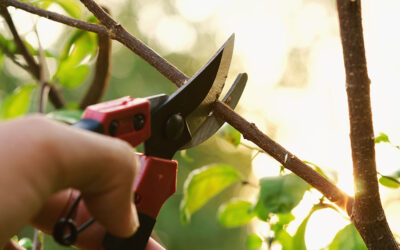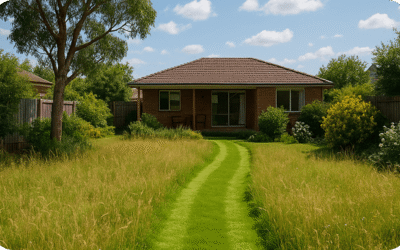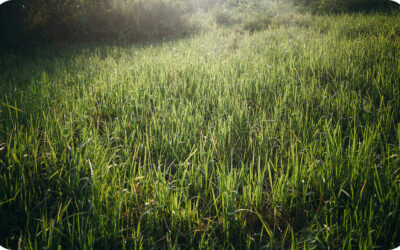Mow differently
Think before you prune: keep wildlife safe in your garden
Pruning keeps your garden looking tidy and healthy, but many people don’t realise that poorly timed pruning can disturb some of your garden’s most important visitors. Small native birds and pollinators rely on dense shrubs, trees and hedges for shelter, food and safe...
Backyard biodiversity: what it is and how to measure it
A healthy garden isn’t just about neat hedges or a green lawn — it’s about life. Biodiversity means having a variety of living things sharing the same space: plants, insects, birds, reptiles, fungi and even microbes in the soil. The more diverse your garden is, the...
Groundcovers that do good: best native alternatives to lawn
A perfectly mown patch of grass can look lovely, but keeping it that way can be thirsty, time-consuming and not so friendly to local wildlife. Many Australian native groundcovers do the same job as a lawn — covering soil, softening paths and edges, and keeping weeds...
Try these mowing patterns for a wildscaped backyard
What if your lawn could become a haven for bees, a patchwork of personality, and a canvas for creativity, all with just a little less mowing? What if you could impress your neighbours and lead the way to rewild Australia's backyards? Welcome to the world of mindful...
The best time to mow
Mowing may seem like a routine chore, but the timing and frequency of your cuts can have a big impact on both your lawn’s health and the surrounding environment. From protecting pollinators to reducing emissions, making small changes to when and how often you mow can...
How to mow, the green way
Mowing might seem like a simple chore, but the way we cut grass can have a big impact on the environment. From protecting wildlife to reducing emissions, adopting eco-friendly mowing practices can help create a healthier, more sustainable landscape. Here’s how to mow...





